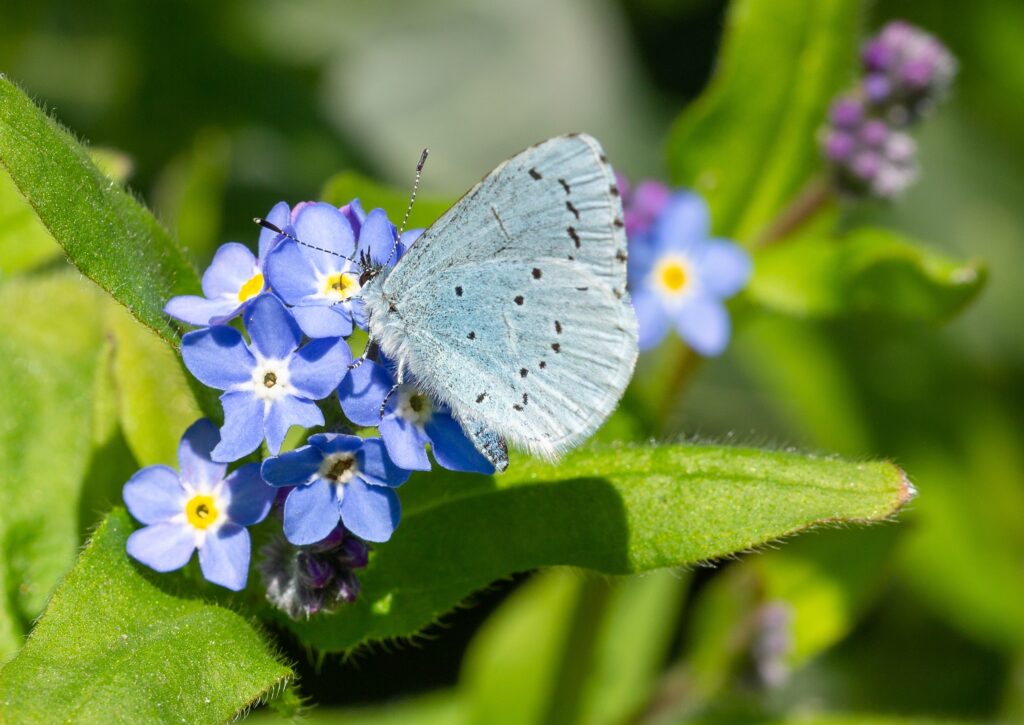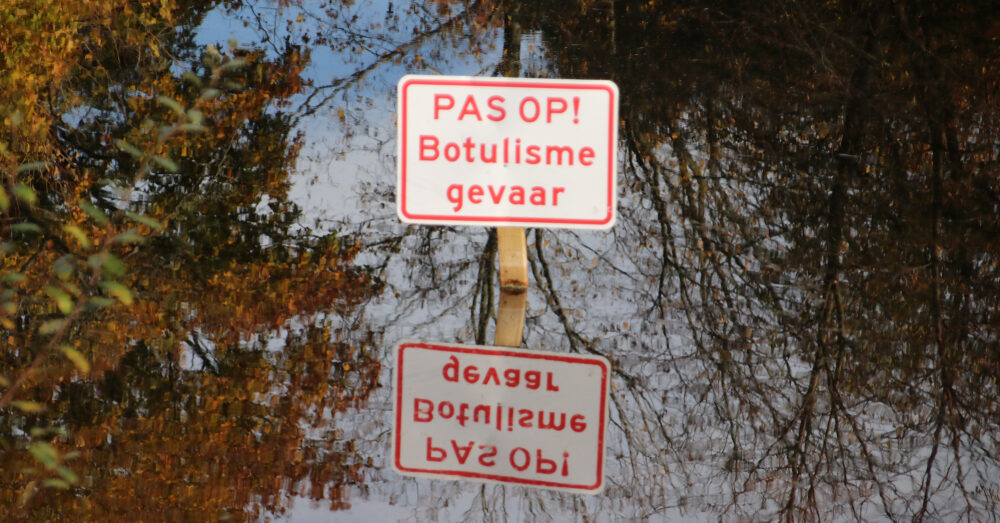This difference in ‘tolerance’ cuts right across plant families. Butterflies lay their eggs on selected plants: their larvae are resistant to the chemical defences of that specific host plant. Many plants therefore have specific links with a group of butterflies (and/or other insects) for which they are host plants and each species of butterfly only lays its eggs on a limited number of hosts.
Relationship
Biologists are looking for explanations for the development of those special relationships between plants and butterflies. Are closely related plants hosts to closely related butterflies? Or does the kind of chemical defence in the plant play a decisive role in the interaction between plant and butterfly? Master’s student Corné van der Linden has contributed to this quest with an article in Ecology and Evolution, of which he is first author (while still a student!)
The defences of the host plant largely explain which butterflies visit it
Corné van der Linden, Master’s student of Biology
Van der Linden has been working on this study for about four years. ‘It started as a thesis for my Bachelor’s,’ he explains. ‘A study of the chemical defences of plants.’ His supervisor (Professor Michiel Wallis de Vries, Plant Ecology and Nature Conservation) encouraged him to take the research further. He worked on it for his Master’s thesis under Sabrina Simon of the Biosystematics chair group.

Van der Linden studied 145 species of Northern European butterflies belonging to six different families. There was already a database of the host plants of these butterflies. For every plant, he identified the composition of the defence compounds, obtaining the chemical profile of the plant’s defences. He then used statistical tools to find links between that chemical composition and the relationships between plants and butterflies.
Common chemistry
The result was clear: the chemical defence system in use determines which butterflies visit a plant. And a defence mechanism often cuts right across plant families. The same defences evolved independently of each other at different times during evolution. The common chemistry of the host plants therefore plays a bigger role than their kinship in linking butterflies with plant families.
‘So the defences of the host plant largely explain which butterflies visit it,’ explains Van der Linden. ‘That means that ecological communities with a diverse range of butterflies need a lot of chemical diversity in the host plants’ defence systems. In theory, anyway, since I haven’t researched this in the field. And there might be other factors that play a role in this interaction.’

 Illustration: Shutterstock
Illustration: Shutterstock 

